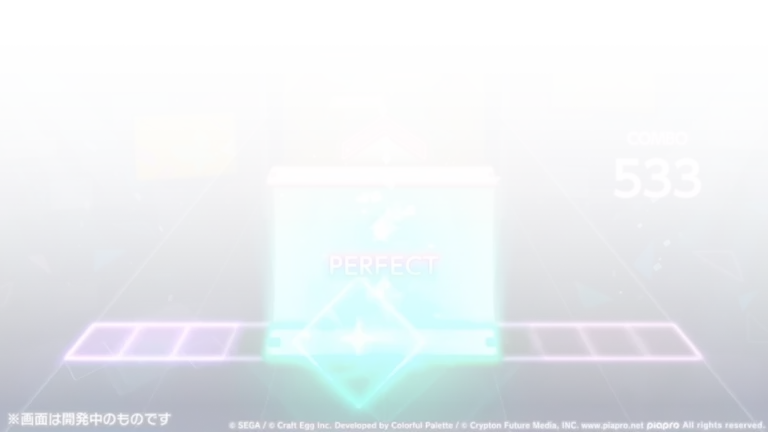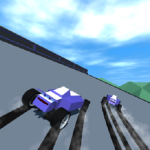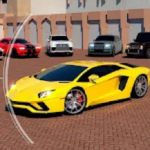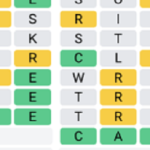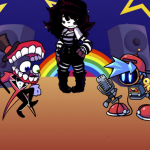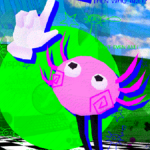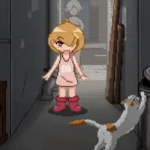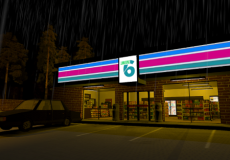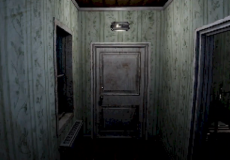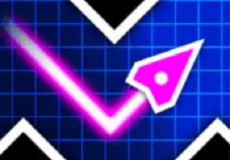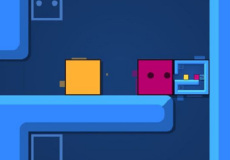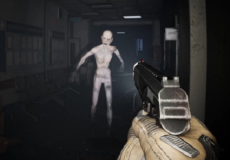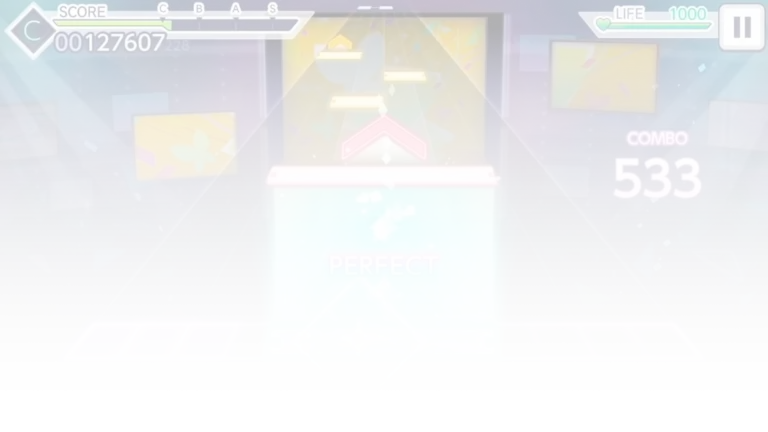
Desktop Destroyer
Advertisement
Desktop Destroyer is an interactive desktop simulation that lets users apply virtual destruction to their own computer screen using a variety of animated tools. The software runs on top of the desktop interface, creating the illusion that the user is physically damaging files, icons, and background elements. Despite the appearance of destruction, no actual changes are made to the system — everything is visual and resets when the program is closed. The goal is not to win or progress, but to explore the environment through controlled chaos.
Advertisement
Similiar games
Desktop Destroyer is an interactive desktop simulation that lets users apply virtual destruction to their own computer screen using a variety of animated tools. The software runs on top of the desktop interface, creating the illusion that the user is physically damaging files, icons, and background elements. Despite the appearance of destruction, no actual changes are made to the system — everything is visual and resets when the program is closed. The goal is not to win or progress, but to explore the environment through controlled chaos.
Simulated Tools and Their Functions
Users can select from a range of tools that simulate different kinds of impact on the desktop surface. Each tool has its own effect, such as bullet holes, cracks, scorch marks, or dents. The animations are accompanied by sound effects that make the interactions feel more realistic. Switching between tools is immediate, allowing users to freely experiment with combinations and sequences of actions. The entire experience is non-linear, encouraging open-ended play without objectives or restrictions.
Visual and Audio Design
Desktop Destroyer relies heavily on visual feedback and sound to enhance user engagement. The effects are layered over the existing desktop, making it look like icons and folders are being smashed, burned, or shredded. Users interact with the screen using the mouse, clicking to activate each tool’s effect in specific locations. There are no menus beyond the tool selector, which keeps the focus on real-time interaction and simplicity.
Key elements of Desktop Destroyer include:
· Multiple destruction tools with different visual outcomes
· Sound design that matches each type of simulated damage
· Overlay-based interface that preserves system safety
· Instant activation with no need for installation on some versions
· Flexible use with no time limits or performance goals
Role in Digital Entertainment
Desktop Destroyer became popular as a casual entertainment tool during the early days of personal computing. It was often shared for humor or used as a temporary distraction in work or school environments. Unlike traditional games, it focuses on sensation and response rather than competition or advancement. The lack of structure makes it accessible to any user, regardless of gaming experience.
As a piece of software, Desktop Destroyer represents a unique use of the desktop environment for interactive play. It transforms a familiar space into something playful and chaotic without risk. The software continues to be remembered for its simplicity, creativity, and the way it allowed users to temporarily break away from the standard functionality of a computer interface.
Discuss Desktop Destroyer
